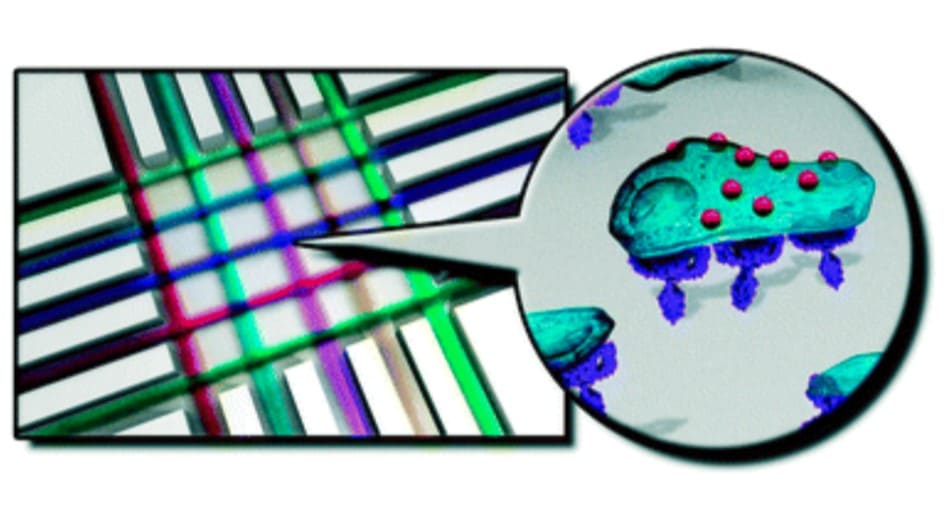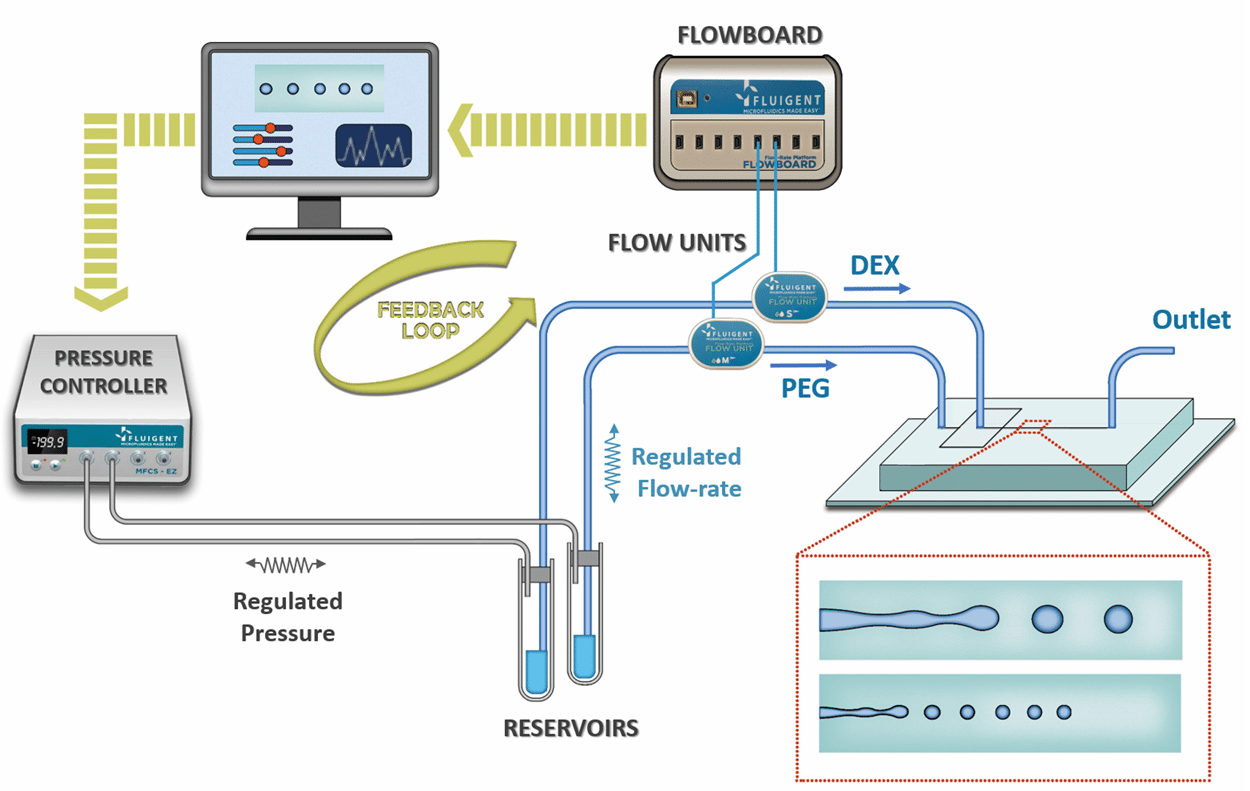Microbead-based microfluidics (droplet-based microfluidic using specific gel as dispersed phase) is a powerful technic which…

New publication from Australia
Crossed flow microfluidics for high throughput screening of bioactive chemical–cell interactions
By Ziqiu Tong, Angela Ivask, Keying Guo, Scott McCormick, Enzo Lombi, Craig Priest and Nicolas H. Voelcker, from the Future Industry Institute at the University of South Australia.
“This paper describes the use of crossed laminar flow microfluidics for the selective capture of multiple cell types on-chip aiming for high throughput screening of various cell treatment compounds. Parallel laminar streams containing different cell types were perfused and captured on a cell adhesion protein-functionalized reaction area. Thereafter, parallel streams containing cell treatment solutions were delivered orthogonally over the captured cells. Multiple cell types and a range of cell treatment conditions could therefore be assessed in a single experiment. We were also able to sort mixed cell populations via antibody array clusters, and to further deliver treatments to subpopulations of cells. Moreover, using solutions with different tonicities, we successfully demonstrated the incorporation of a live/dead cell viability assessment on-chip for a direct read out assay following the treatments. This crossed laminar flow microfluidics for generation of a cell-based assay could therefore offer an interesting platform for high throughput screening of potential drug candidates, nanoparticle toxicity testing, or other cellular and molecular interventions.”
This experiment was made possible with the use our our pressure-driven flow controller pump, with 2 pressure channels at +345mbar and 2 pressure channels at -345mbar.
doi:10.1039/C6LC01261B or Lab Chip, 2017, 17, 501-510



